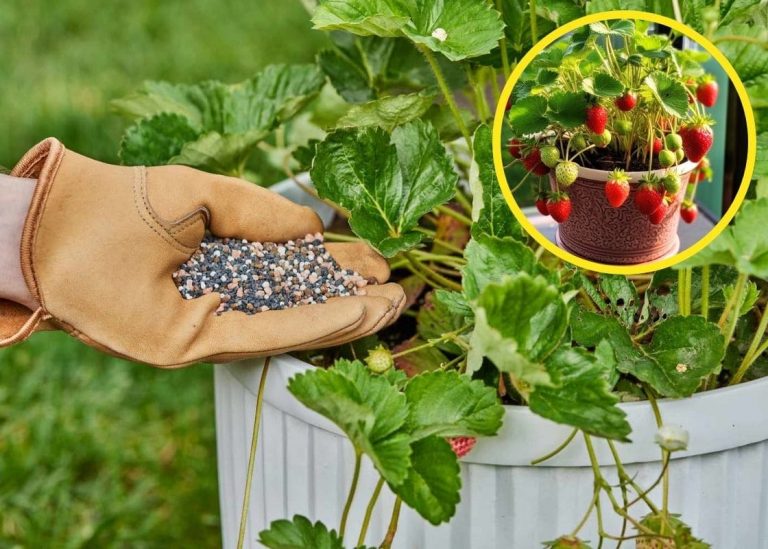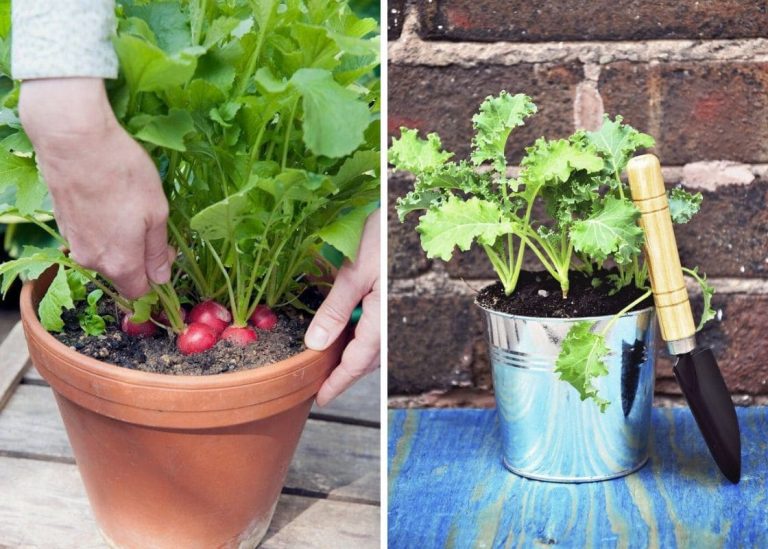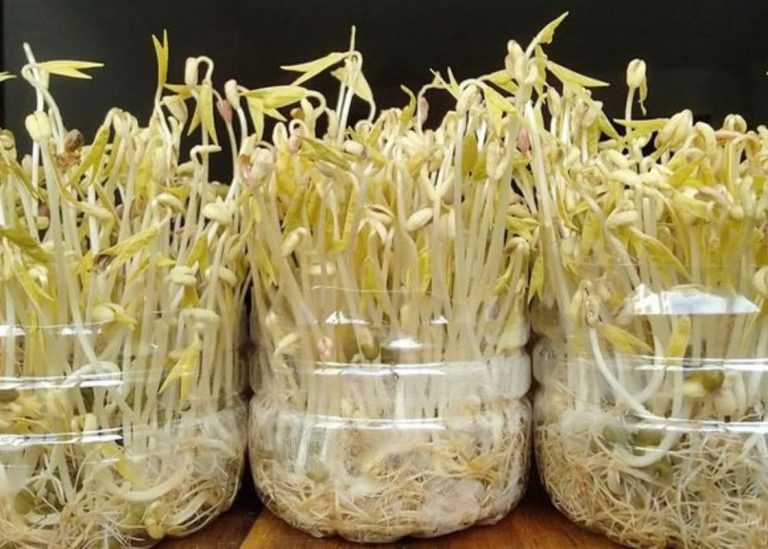12 Must-Know Tips for Thriving Snake Plants
It was a quiet Sunday morning. I was desperately trying to revive a shriveled pothos in the corner. That’s when I saw it—an old snake plant my aunt had gifted me three years earlier, still standing tall in its ceramic pot, like a little green soldier who didn’t know it was forgotten.
Back then, I didn’t have much luck with houseplants. I’d killed succulents by over-loving them and let ferns dry to a crisp. But this one? It kept growing. Slowly, stubbornly. And over time, I began to understand that this plant had something to teach me—not just about gardening, but about patience, resilience, and the quiet beauty of slow growth.
Now, I keep snake plants in every room of my house. I’ve gifted them to friends starting over, new moms, even my husband’s coworker who once said, “I kill everything green.” If you’re holding a pot of Dracaena trifasciata and wondering what to do next—or if you’ve had one for years and want to see it truly thrive—these are the lessons I’ve gathered. From trial, error, advice, and love.
1. Choose a Snake Plant That Fits Your Life
Not all snake plants are the same—and that’s the magic of them. Some grow upright like green spears. Others curl, sprawl, or form compact rosettes. For small apartments or shelves, I recommend Sansevieria Hahnii—it’s like a friendly little hedgehog in a pot. For bigger floor spaces, go with Zeylanica or the classic Laurentii with golden stripes.
A friend of mine mixes three types in one pot. The textures together? Just stunning.

2. Light Isn’t Everything—But It Matters
People always say, “It survives in any light!” And yes, it does. But thriving? That takes some light love. Mine are happiest near east-facing windows—bright but not harsh.
Tip: In low light, rotate the plant every two weeks to avoid leaning leaves and bald sides. I learned that the hard way with one growing like a crooked wand.
3. The Dirt Should Feel Like a Beach Walk
Heavy, soggy soil suffocates snake plants. If you’ve ever smelled a rotten potato smell from the pot… yep, root rot.
I mix 2 parts cactus soil, 1 part perlite, and a sprinkle of coarse sand. It drains fast and mimics their native rocky homes. Adding crushed charcoal helps prevent rot.
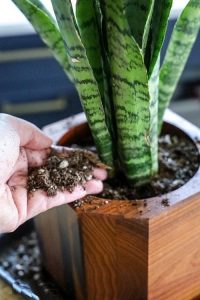
4. Watering: Think Desert, Not Rainforest
I once killed a snake plant with love. Too much love in the form of water. The roots turned mushy, and the leaves collapsed like tired flags.
Here’s what works:
- Let the top 2–3 inches of soil dry out completely.
- In winter, water only once every 4–6 weeks.
- Stick your finger in the soil—if it’s dry to your second knuckle, it’s time.

5. Give It Room to Grow, but Not Too Much
Snake plants like their roots to hug the pot. A little snug is comforting. I only repot every 2–3 years, and only when I see roots poking out from the drainage hole.
When you do repot:
-
Choose a pot just 1–2 inches wider.
-
Use one with drainage—please, don’t skip this.
6. Feed It Gently—Like a Quiet Encouragement
Snake plants don’t beg for food. But in spring and summer, a diluted, balanced fertilizer every 6–8 weeks helps them stay strong and vibrant.
I use a half-strength liquid fertilizer made for succulents. In winter, I skip feeding completely—rest is part of the cycle.
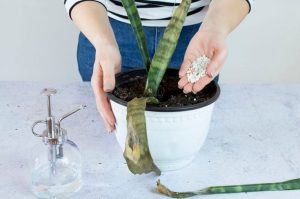
7. Keep It Warm and Away from Drafty Drama
Snake plants are tropical at heart. They love warmth, dislike drama. One winter, I left mine too close to the patio door. Cold air snuck in, and the tips turned brown.
-
Ideal temps: 60–85°F (15–29°C)
-
Avoid: drafty doors, chilly windows, heaters that blow hot, dry air.
8. Propagation: Like Making Green Gifts from Green Love
Propagating snake plants is like making free presents. I once started five new plants from one single mother leaf—gave them away in tiny pots with handwritten notes.
How to do it:
- Cut a healthy leaf into 3–4 inch sections.
- Let them callous over for a day.
- Plant in dry soil and wait. They’re slow but reliable.
Or: Divide the root ball when repotting. Easiest method if you’re impatient (like I used to be).

9. It’s a Natural Air Purifier—No Plug Needed
NASA once included the snake plant in its list of top air-cleaning plants. It absorbs formaldehyde, benzene, even some xylene. And it’s one of the few that releases oxygen at night.
I keep one in my bedroom. It’s my silent, green roommate who breathes while I sleep.

10. Pests Happen—But Don’t Panic
Every now and then, I’ll notice spider mites or mealybugs on the undersides of leaves. It’s not the end of the world.
Here’s what I do:
- Wipe leaves with a damp cloth.
- Spray with diluted neem oil once a week for a month.
- Keep air circulation up—don’t let plants huddle too close together.
11. Prune with Purpose and a Little Love
Pruning isn’t just about looks. I remove damaged or yellowing leaves right at the base. It helps prevent disease and lets new shoots come through.
I usually prune in spring. It’s the plant’s “rising” season—perfect time for a refresh.
Bonus: You can use those healthy cut leaves to propagate!

12. Accept the Slow Growth, and Learn from It
If snake plants taught me anything, it’s that not everything needs to happen fast. They’re slow growers. They won’t explode with new leaves overnight—but when they do, it feels like a quiet celebration.
One of mine only puts out 2–3 leaves a year. But each one is perfect. Bold. Unapologetically upright.
Lessons from a Leaf
In a world full of fast results and constant change, the snake plant reminds me to slow down. To grow at my own pace. To bloom without noise. I don’t just keep them for their looks—I keep them for their wisdom. And maybe, now, you will too.
So if you’ve got a snake plant sitting on your windowsill, or you’re about to bring one home—treat it like an old friend. One who doesn’t need much, but gives a lot in return.
Let’s keep growing—leaf by leaf, breath by breath.

